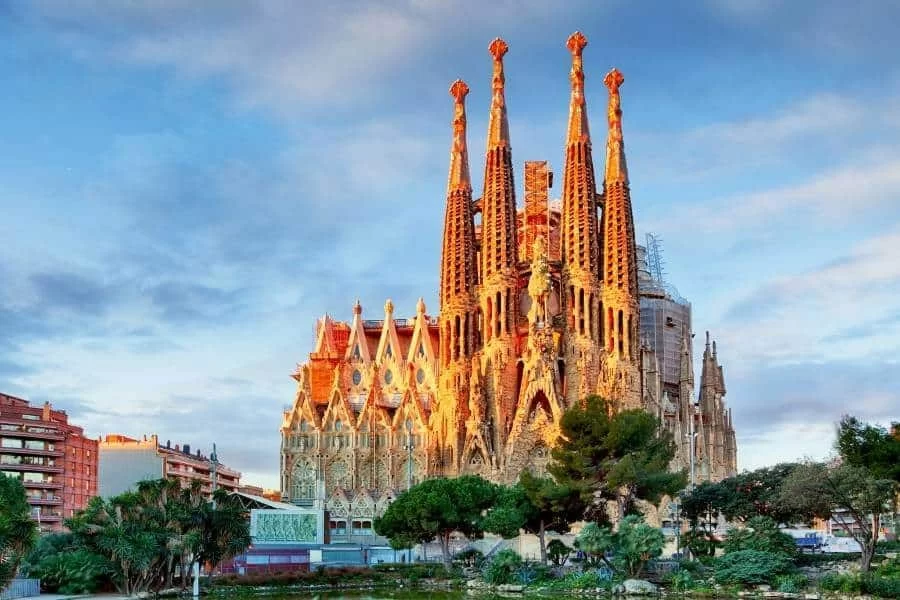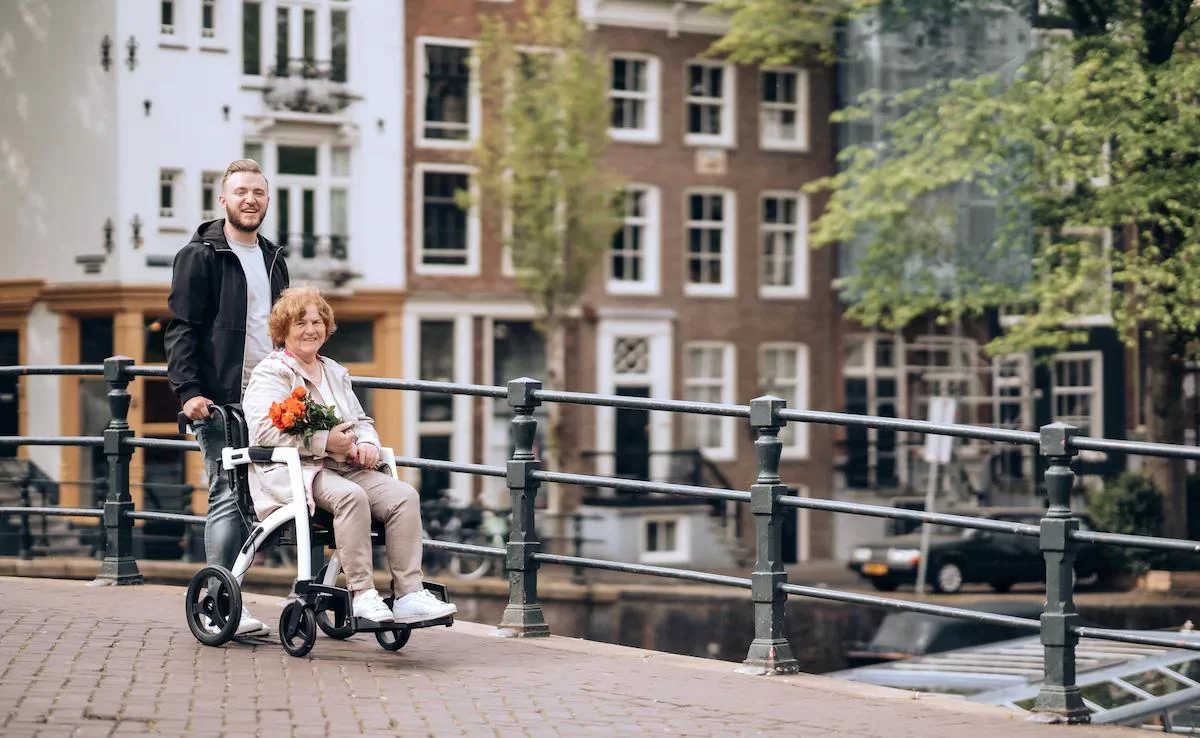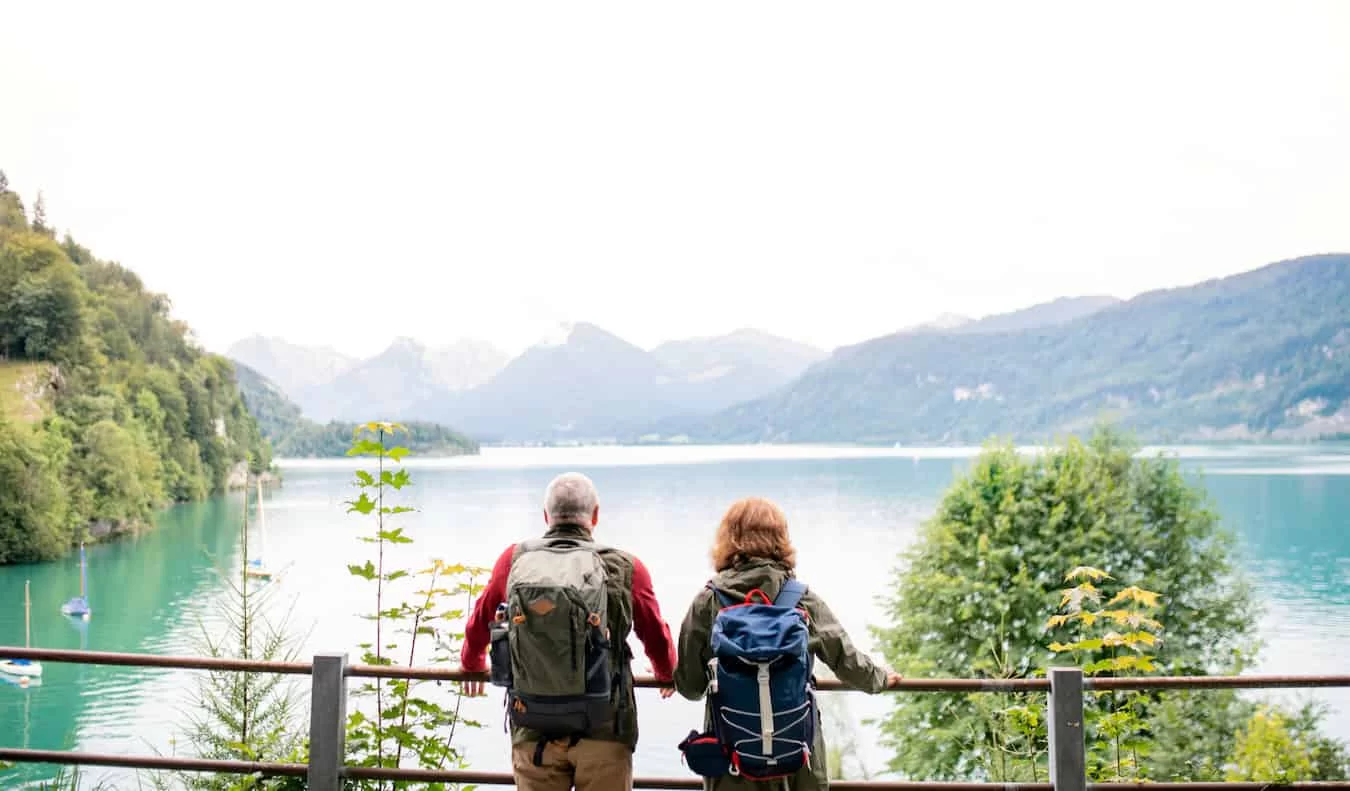Must-See Landmarks in Europe for First-Time Visitors: Top Attractions You Can't Miss
- 1. Why European Landmarks Are a Must-See
- 2. Iconic Landmarks to Visit Across Europe
- 3. Unique Experiences in European Destinations
- 4. Top Places for First-Time Visitors in Europe
- 5. Plan Your Trip to Europe: What to Know
1. Why European Landmarks Are a Must-See
Europe is home to some of the most famous landmarks in the world, attracting millions of visitors each year. From towering castles to historic monuments, these landmarks are a testament to Europe's rich history and culture. For first-time visitors, seeing these iconic sites can feel like stepping into a living history book, offering an unforgettable experience and providing insight into the heart of European culture.
Whether you're marveling at the ancient architecture of the Colosseum in Rome or exploring the breathtaking beauty of the Eiffel Tower in Paris, European landmarks have something special to offer. They're not only great places to take pictures, but they also provide valuable opportunities to learn about Europe’s history and heritage.
2. Iconic Landmarks to Visit Across Europe
Europe is packed with iconic landmarks that are a must-see for first-time visitors. Here’s a closer look at some of the top attractions that should be on your travel itinerary:
1. The Eiffel Tower (Paris, France)
The Eiffel Tower is undoubtedly one of the most famous landmarks in the world. Standing tall over the Paris skyline, it offers visitors breathtaking views of the city. Whether you choose to ascend to the top or admire the tower from below, it’s a symbol of France and a must-see landmark for any first-time visitor to Europe.
2. The Colosseum (Rome, Italy)
The Colosseum in Rome is one of the most recognizable symbols of ancient Roman culture. This colossal amphitheater, once the site of gladiatorial combat and other public spectacles, is now a UNESCO World Heritage site. Walking through its ancient arches and imagining the history that took place here is a powerful experience for visitors.
3. The Sagrada Familia (Barcelona, Spain)
Antoni Gaudí’s unfinished masterpiece, the Sagrada Familia, is a unique and awe-inspiring landmark in Barcelona. Known for its intricate design and stunning architecture, this basilica is one of the most visited monuments in Spain. Its towering spires and colorful facades make it a top attraction for first-time visitors to Europe.
4. The Acropolis (Athens, Greece)
For lovers of history, the Acropolis in Athens is a must-see landmark. Home to the Parthenon, the ancient citadel offers a glimpse into the grandeur of ancient Greece. A visit to the Acropolis provides not only a beautiful view of Athens but also a deep connection to the origins of Western civilization.
3. Unique Experiences in European Destinations
European landmarks aren’t just about sightseeing—they offer visitors the chance to experience something unique that cannot be replicated anywhere else in the world. Here are a few unique experiences that make European landmarks so special:
1. Riding the Gondolas of Venice (Italy)
In Venice, a gondola ride through the city’s canals is a must-do experience for first-time visitors. Cruising through narrow canals while listening to the gentle sound of the water is a peaceful and romantic way to experience the charm of Venice. The gondola ride is a timeless tradition that offers a unique perspective of the city.
2. Exploring the Swiss Alps (Switzerland)
The Swiss Alps are home to some of the most stunning natural landscapes in Europe. Whether you’re skiing down the slopes in winter or hiking through lush green meadows in summer, the Swiss Alps offer an unparalleled experience. First-time visitors to Europe can enjoy the breathtaking beauty of this mountainous region, which is a haven for outdoor enthusiasts.
3. Visiting the Louvre Museum (Paris, France)
The Louvre Museum is one of the largest and most famous art museums in the world. While it houses thousands of art pieces, including the iconic Mona Lisa, it’s also a historical landmark in itself. First-time visitors to Paris can enjoy a journey through history while admiring masterpieces that have shaped the world of art.
4. Top Places for First-Time Visitors in Europe
While there are countless landmarks and attractions across Europe, there are a few destinations that stand out as ideal starting points for first-time visitors. These cities offer a perfect blend of history, culture, and iconic landmarks:
1. Paris, France
Paris is often the first European destination for many travelers. The city’s rich history, beautiful landmarks, and vibrant culture make it the perfect place to start your European adventure. With landmarks like the Eiffel Tower, the Louvre, and Notre-Dame Cathedral, Paris offers something for every type of traveler.
2. Rome, Italy
For history enthusiasts, Rome is a must-visit city. It’s a place where ancient ruins meet modern culture, offering a perfect blend of both. From the Colosseum to the Roman Forum, Rome is filled with ancient landmarks that have shaped Western civilization. Don't forget to toss a coin into the Trevi Fountain!
3. London, England
London is another top destination for first-time visitors. The city is a treasure trove of landmarks, including the Tower of London, Buckingham Palace, and the Houses of Parliament. Its mix of royal history, modern attractions, and diverse culture makes it an exciting place to explore.
5. Plan Your Trip to Europe: What to Know
Planning a trip to Europe for the first time can be an exciting and overwhelming experience. Here are a few tips to help you make the most of your trip:
1. Choose Your Destinations Wisely
Europe is vast, and with so many incredible landmarks to see, it can be difficult to decide where to go. For first-time visitors, it’s important to focus on a few key cities or countries to make the most of your time. Consider visiting iconic destinations like Paris, Rome, and Barcelona, and then plan day trips or excursions to nearby landmarks.
2. Book Accommodations in Advance
Many popular European landmarks attract a large number of visitors, so booking accommodations well in advance is essential, especially during peak travel seasons. Be sure to choose a location that’s centrally located, making it easier to access the major landmarks.
3. Learn Basic Local Phrases
While English is widely spoken across Europe, learning a few basic phrases in the local language can enhance your experience and make interactions with locals more enjoyable. Simple greetings like “bonjour” in France or “ciao” in Italy can go a long way in making a positive impression.
Are you ready to explore Europe and discover these amazing landmarks? Whether it’s your first time or your fifth, Europe is waiting for you! Plan your trip today!







